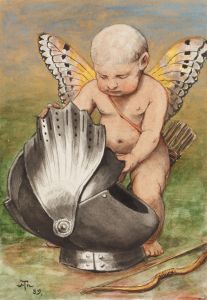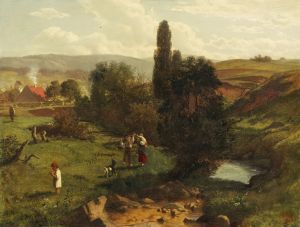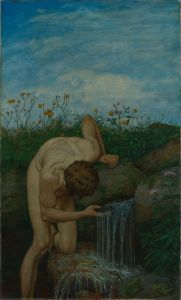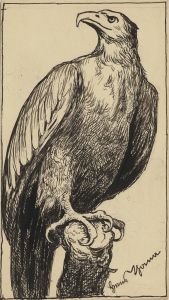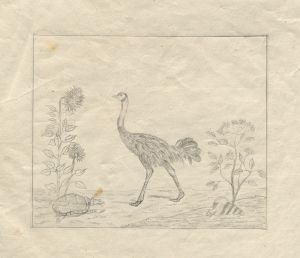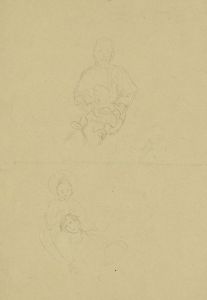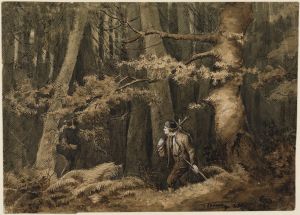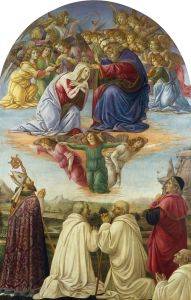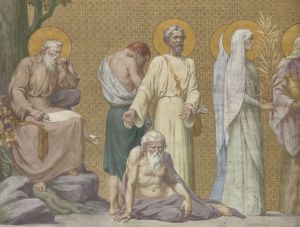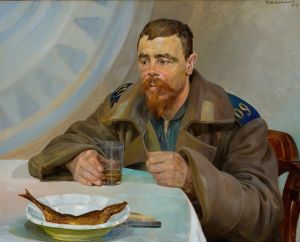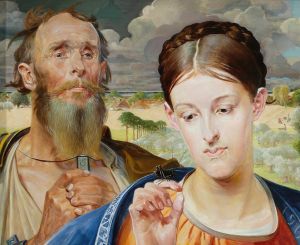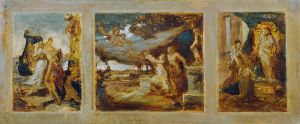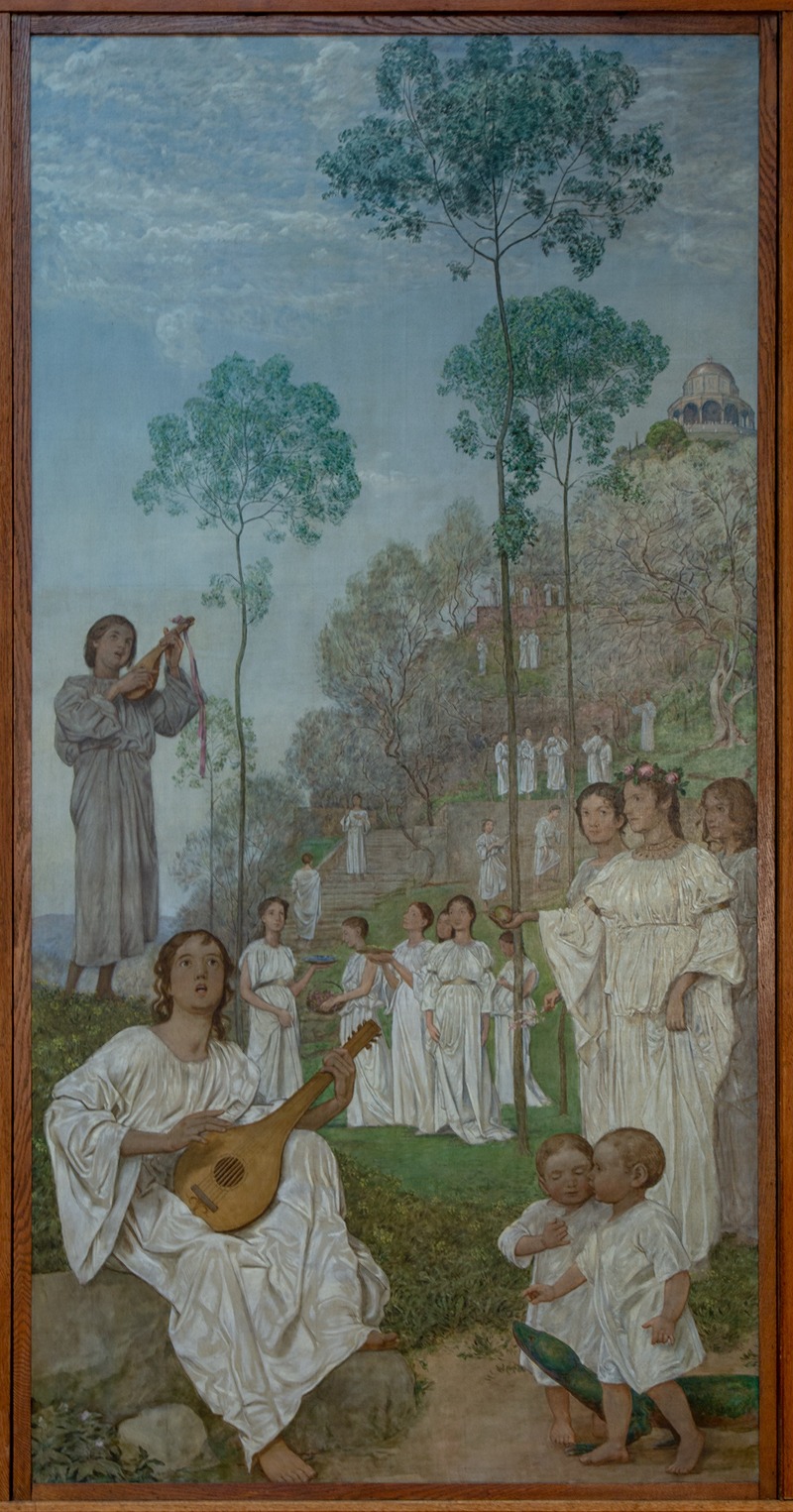
Ostertriptychon; Gefilde der Seligen
A hand-painted replica of Hans Thoma’s masterpiece Ostertriptychon; Gefilde der Seligen, meticulously crafted by professional artists to capture the true essence of the original. Each piece is created with museum-quality canvas and rare mineral pigments, carefully painted by experienced artists with delicate brushstrokes and rich, layered colors to perfectly recreate the texture of the original artwork. Unlike machine-printed reproductions, this hand-painted version brings the painting to life, infused with the artist’s emotions and skill in every stroke. Whether for personal collection or home decoration, it instantly elevates the artistic atmosphere of any space.
Hans Thoma (1839–1924) was a German painter associated with the Romantic and Symbolist movements. One of his notable works is the "Ostertriptychon; Gefilde der Seligen" (Easter Triptych; Fields of the Blessed). This artwork is a triptych, a three-paneled painting, which was a common format in religious art during the Middle Ages and the Renaissance. Thoma, however, reinterpreted this traditional format in a modern context, blending religious themes with his characteristic idyllic and pastoral imagery.
The central panel of the triptych, often the focal point in such works, depicts a serene and luminous landscape that symbolizes the "Fields of the Blessed," a concept associated with paradise or an idealized afterlife. Thoma's depiction is marked by his signature style, which combines detailed naturalism with a dreamlike quality. The figures in the painting are portrayed in harmony with nature, reflecting Thoma's recurring themes of spirituality, nature, and human connection to the divine.
The side panels of the triptych complement the central scene, though specific details about their content are less frequently documented. They likely continue the themes of renewal and transcendence, aligning with the Easter motif of resurrection and hope. Thoma's use of light and color in this work is particularly notable, as it creates a sense of tranquility and spiritual elevation.
Hans Thoma was deeply influenced by the landscapes of his native Black Forest region, and this influence is evident in the lush, verdant settings of the "Ostertriptychon." His works often reflect a synthesis of German Romanticism and a personal, almost mystical interpretation of nature and spirituality. While Thoma's art was not universally acclaimed during his lifetime, he gained recognition later in his career and is now regarded as an important figure in 19th-century German art.
The "Ostertriptychon; Gefilde der Seligen" is an example of Thoma's ability to merge traditional religious iconography with his unique artistic vision. It stands as a testament to his skill in creating works that are both deeply personal and universally resonant. The painting is housed in a collection in Germany, though specific details about its current location or exhibition status may vary.





